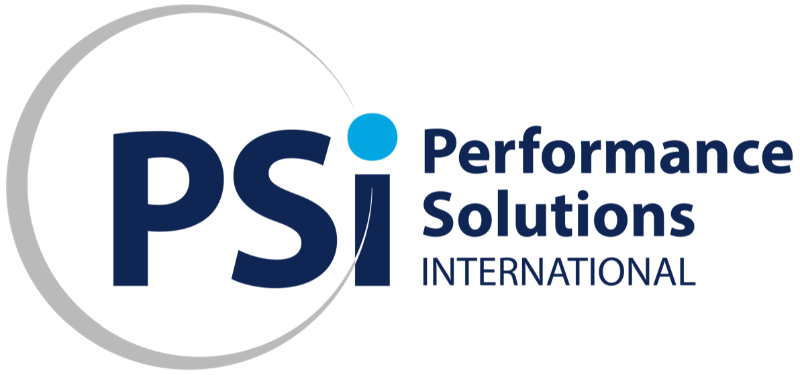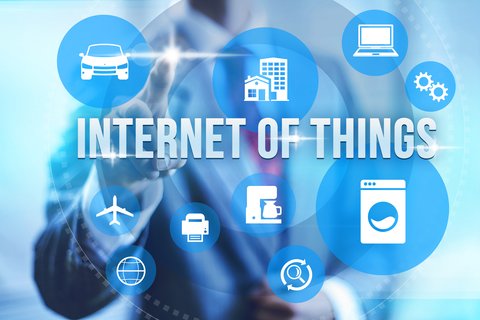In the ever-evolving realm of technology, the Internet of Things (IoT) has emerged as a transformative force, reshaping industries and connecting objects in ways that stretch the imagination. The IoT, a dynamic ecosystem, empowers an array of objects to seamlessly gather, transmit, receive, and respond to data across the internet without human intervention. Let’s delve into the intricacies of this digital revolution, exploring its various components, impacts, and challenges.
Understanding the IoT Ecosystem
The IoT is built upon a foundation of interconnected devices, each embedded with sensors and wireless connectivity. These devices span a diverse range, encompassing:
- Smartphones and Mobile Devices: Pioneers in the IoT journey, these devices have paved the way for seamless communication and data exchange.
- Industrial Equipment: Revolutionizing manufacturing and production processes by enabling real-time monitoring and predictive maintenance.
- Household Devices: From thermostats and security cameras to smart locks and kitchen appliances, these devices bring automation and convenience to our daily lives.
- Automobiles: Connected cars, also known as smart cars, are transforming the automotive industry, offering features like navigation, diagnostics, and entertainment.
- Healthcare Devices: IoT solutions enhance energy monitoring and utilization, contributing to efficient utility management.
- Utility Meters and Systems: IoT solutions enhance energy monitoring and utilization, contributing to efficient utility management.
Impacts Across Industries
The IoT’s influence spans across industries, ushering in innovative possibilities:
- Automobiles: The integration of automobiles with the internet is rapidly growing. Connected cars offer services such as navigation, diagnostics, entertainment, and safety features.
- Home Security and Automation: Smart homes empower homeowners to monitor and control their homes remotely, enhancing security, energy efficiency, and comfort.
- Manufacturing (IioT): The industrial internet of things enables companies to optimize equipment usage, analyze performance data, and preemptively diagnose issues.
- Healthcare: IoT solutions like remote monitoring and wearables are aiding in remote patient care, diagnostic data collection, and even controlling medical devices.
- Insurance: Telematics-driven automobile insurance is changing pricing models based on real-time driving behavior data.
- Energy and Utilities: Smart metering and grid networks are revolutionizing energy monitoring and management, making operations more efficient.
- Urban Planning and Management: IoT solutions contribute to smart cities, improving traffic management, air and water quality monitoring, and overall urban governance.
Unveiling Challenges
While the IoT offers boundless opportunities, it also grapples with several challenges:
- Security and Privacy: Protecting IoT devices from cyber threats is crucial. Vulnerabilities in connected medical devices or cars can have severe consequences.
- Network Strain: The sheer volume of IoT data traffic strains cellular networks, necessitating ongoing infrastructure investments by mobile service providers.
- Standardization: Multiple industry groups are vying to standardize IoT communication. While no single standard may emerge, the industry is expected to coalesce around a few competing standards.
- Low-Powever Connectivity: IoT devices generate numerous connections but send limited data each time. To accommodate this, low-cost, low-power connectivity solutions are imperative.
Paving the Way Forward
The IoT’s potential is undeniable, creating fierce competition among device manufacturers, cloud service providers, IT companies, and communication service providers (CSPs). In this race, technological advancements are steering the way:
- 5G Technology: CSPs are capitalizing on 5G technology to enhance wireless communication capabilities.
- Digital Platforms: Technology companies are establishing digital platforms around IoT, delivering cloud services and edge computing to process, store, and analyze IoT data.
- Service Development: Enterprises are partnering with technology companies to develop, implement, and support IoT services, including security, reporting, and analytics.
In conclusion, the Internet of Things continues to evolve, transforming how we interact with devices, industries, and even cities. While challenges exist, the potential benefits for efficiency, convenience, and innovation are vast. As the IoT landscape matures, finding the balance between advancements and security will be pivotal in shaping a connected future that truly empowers us all.

